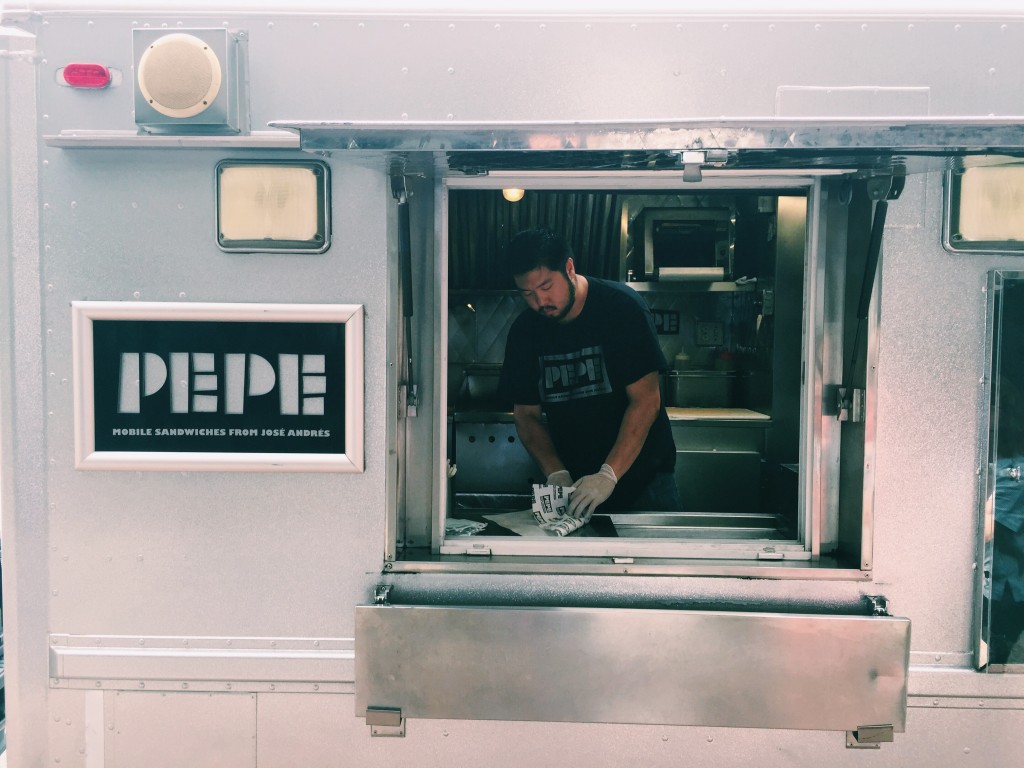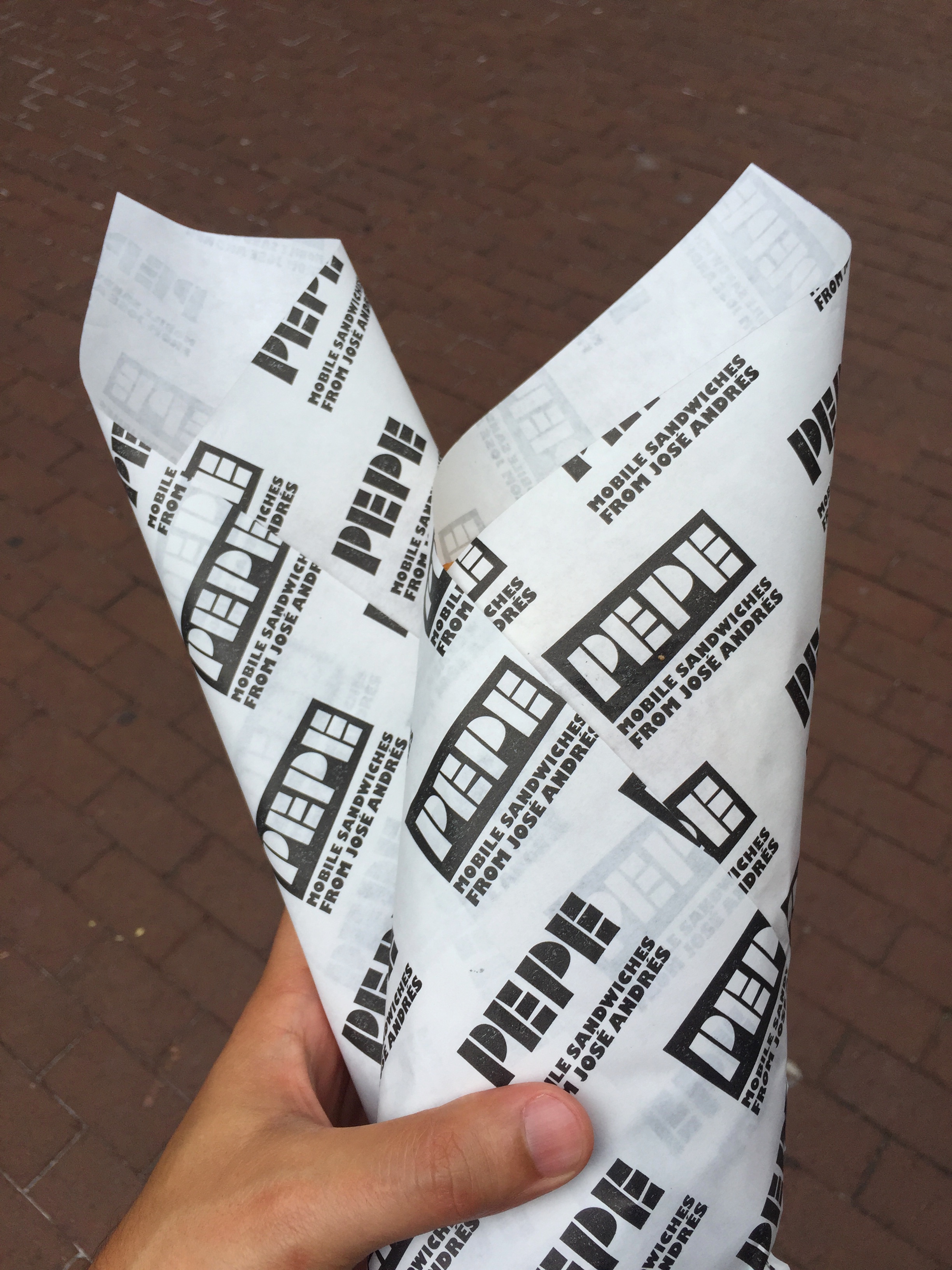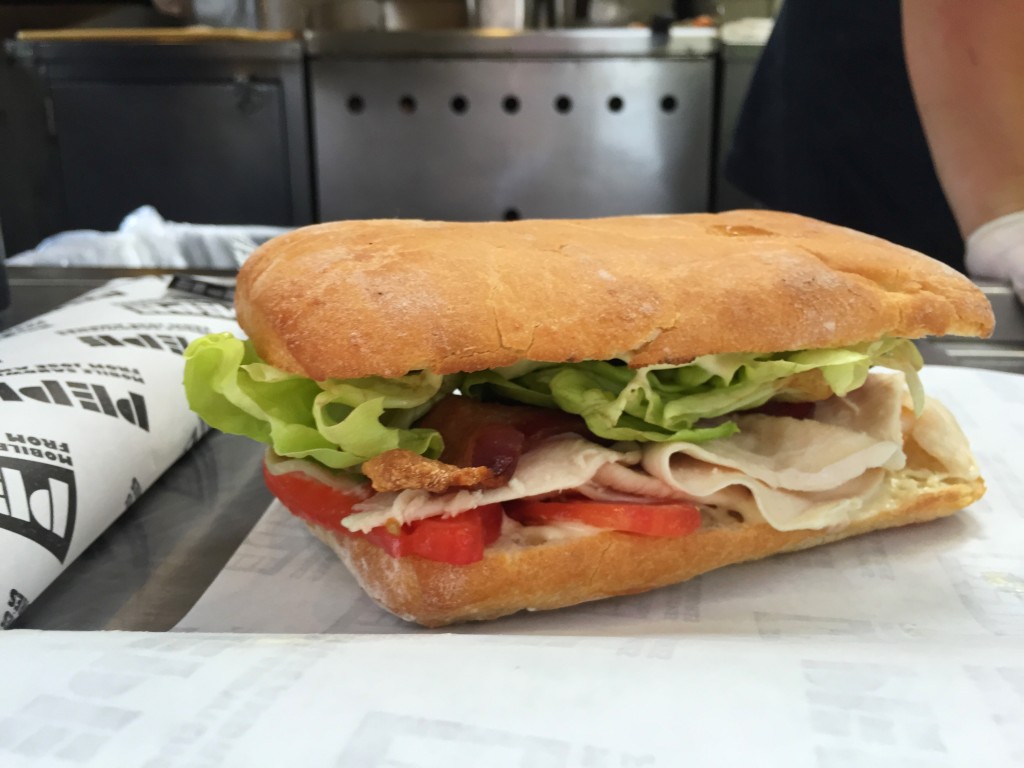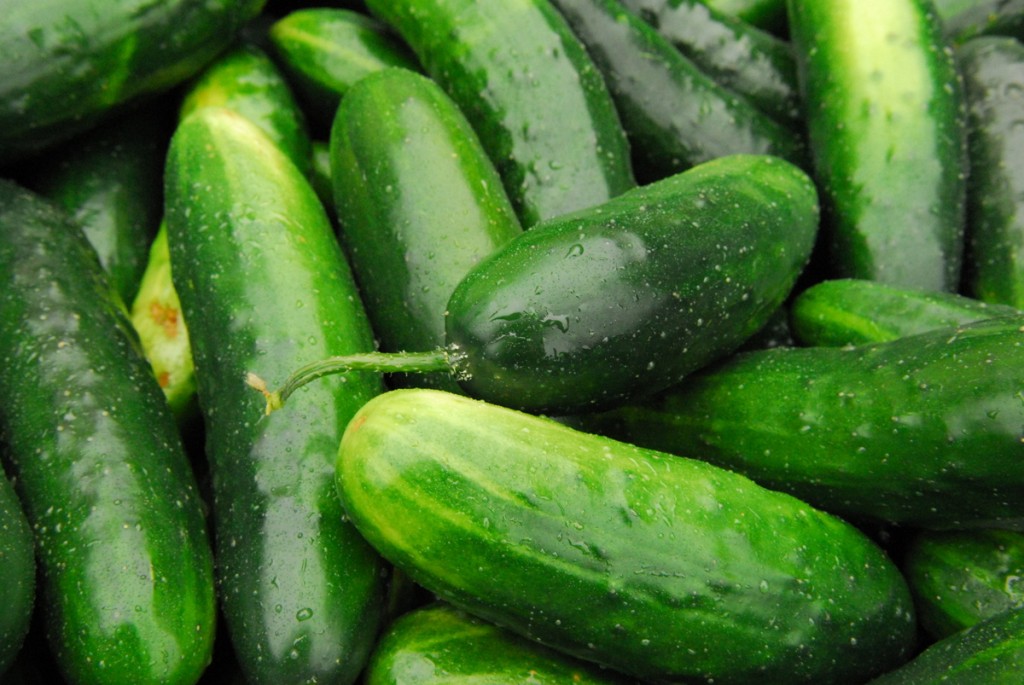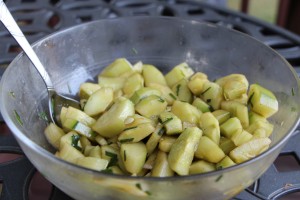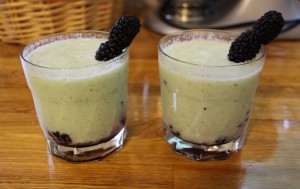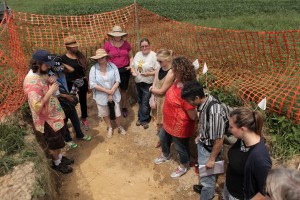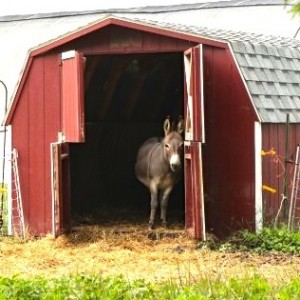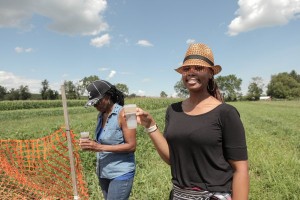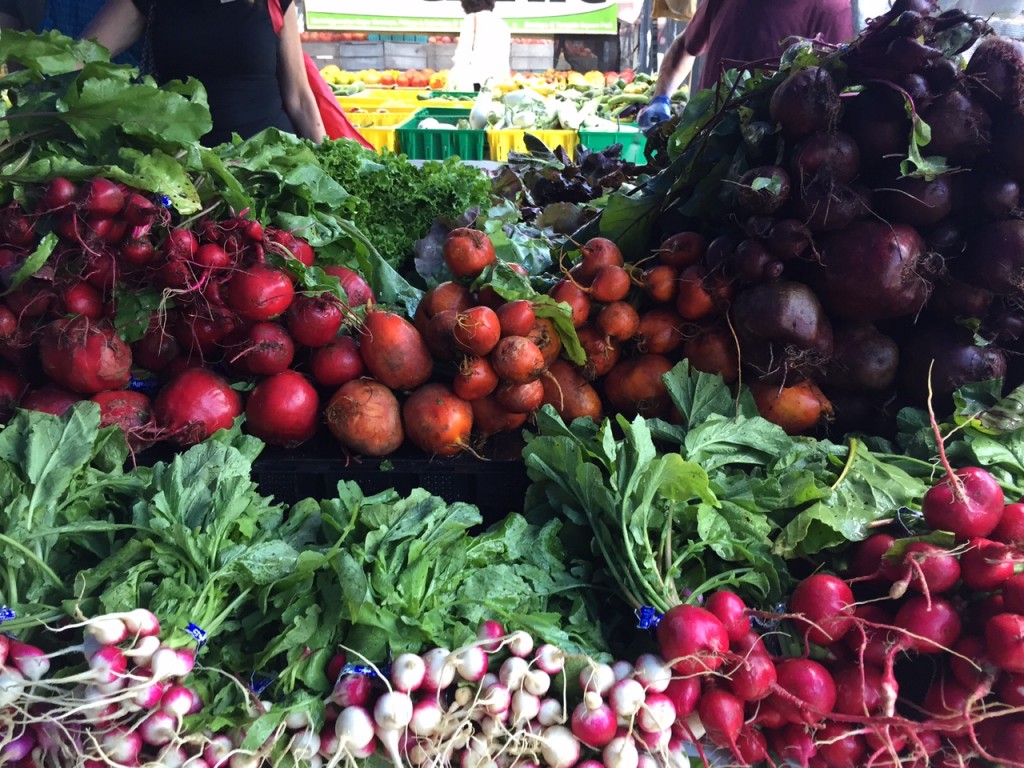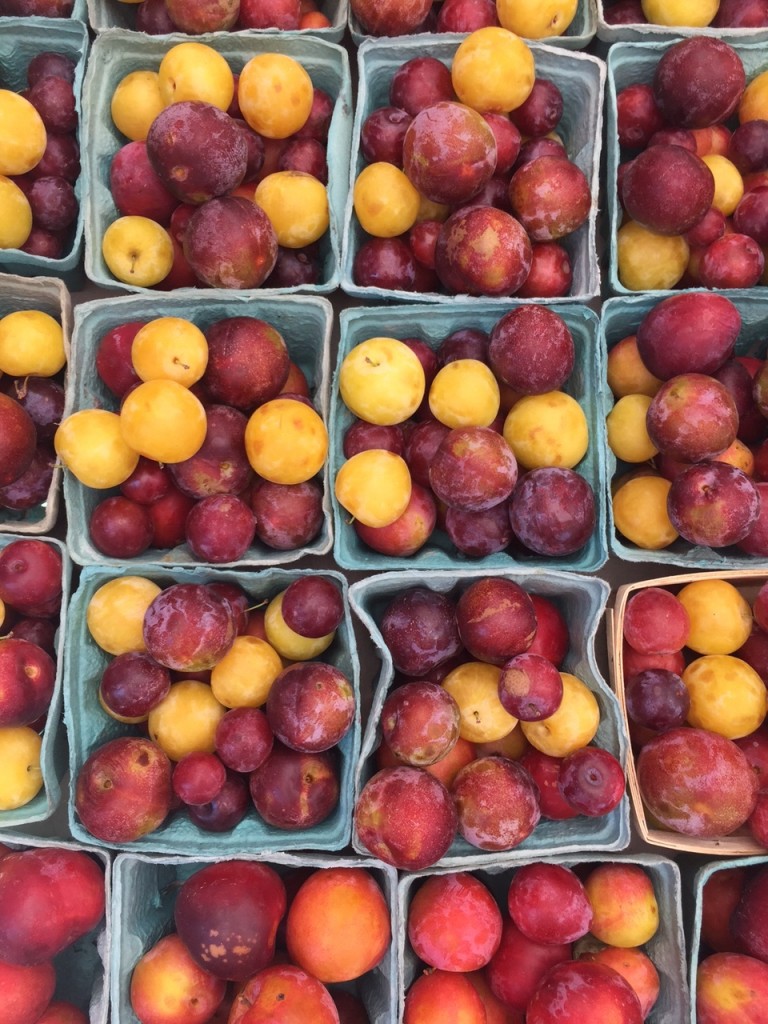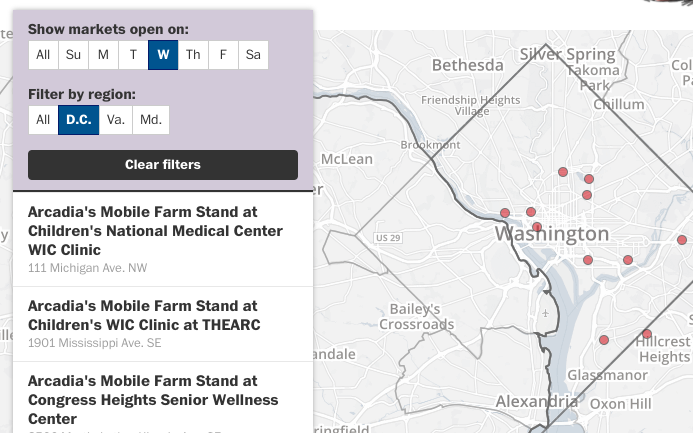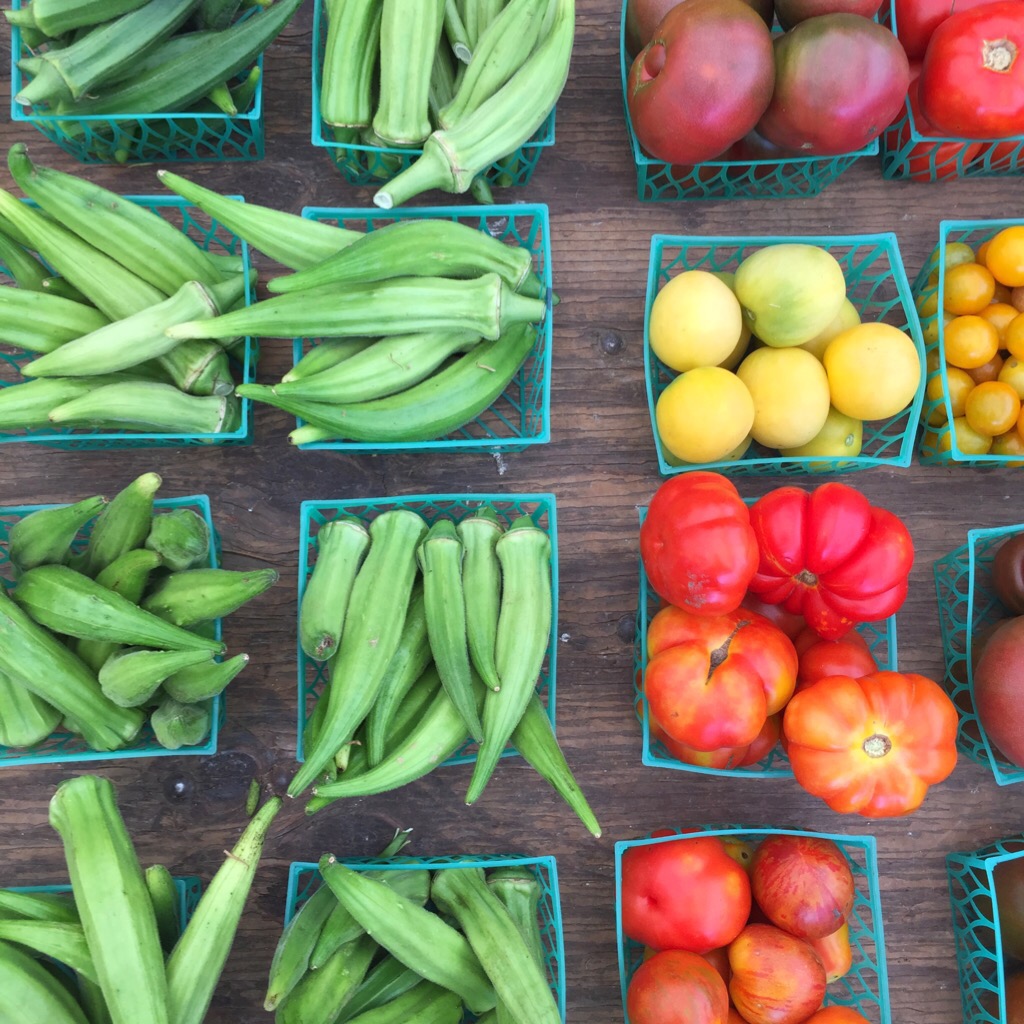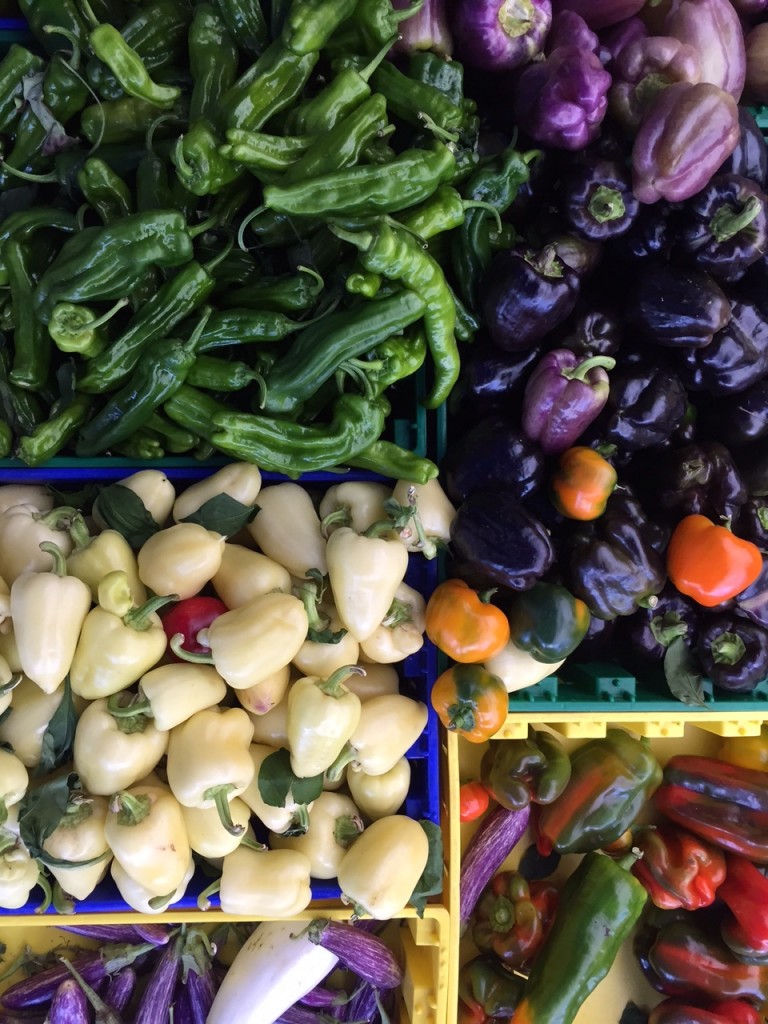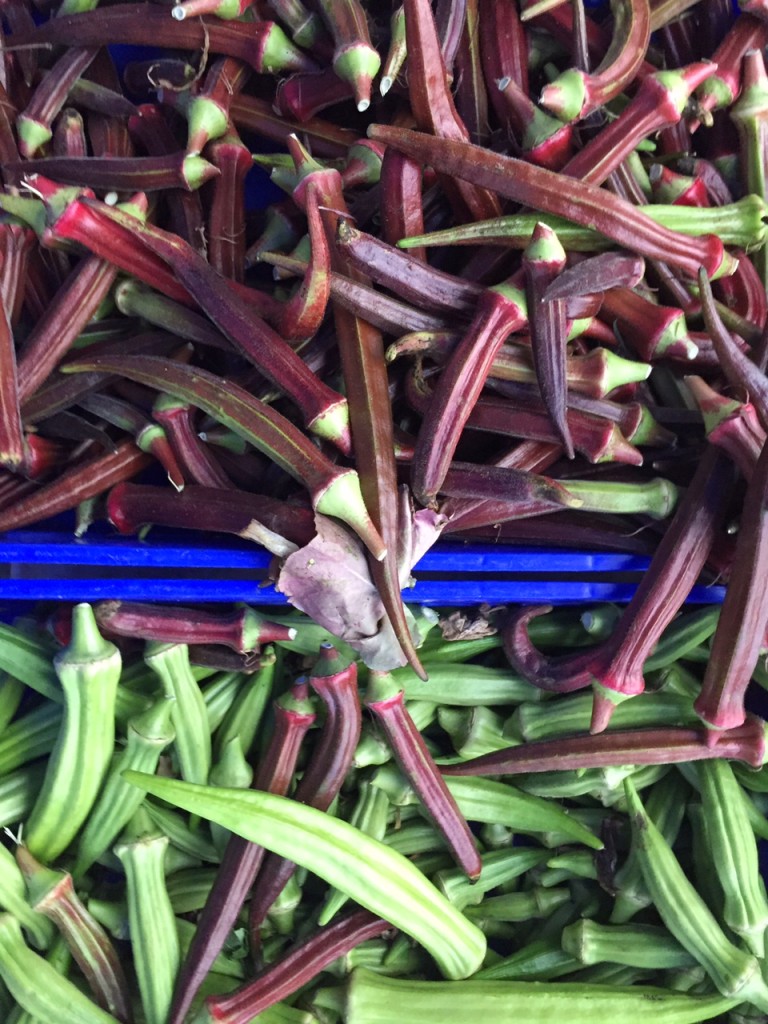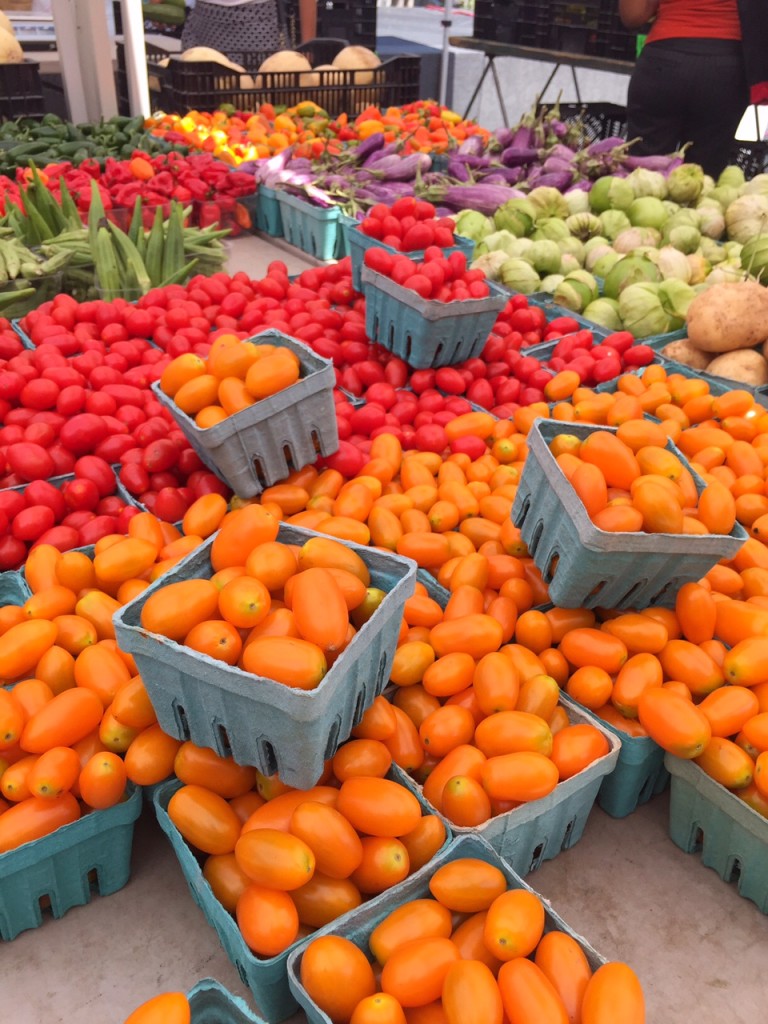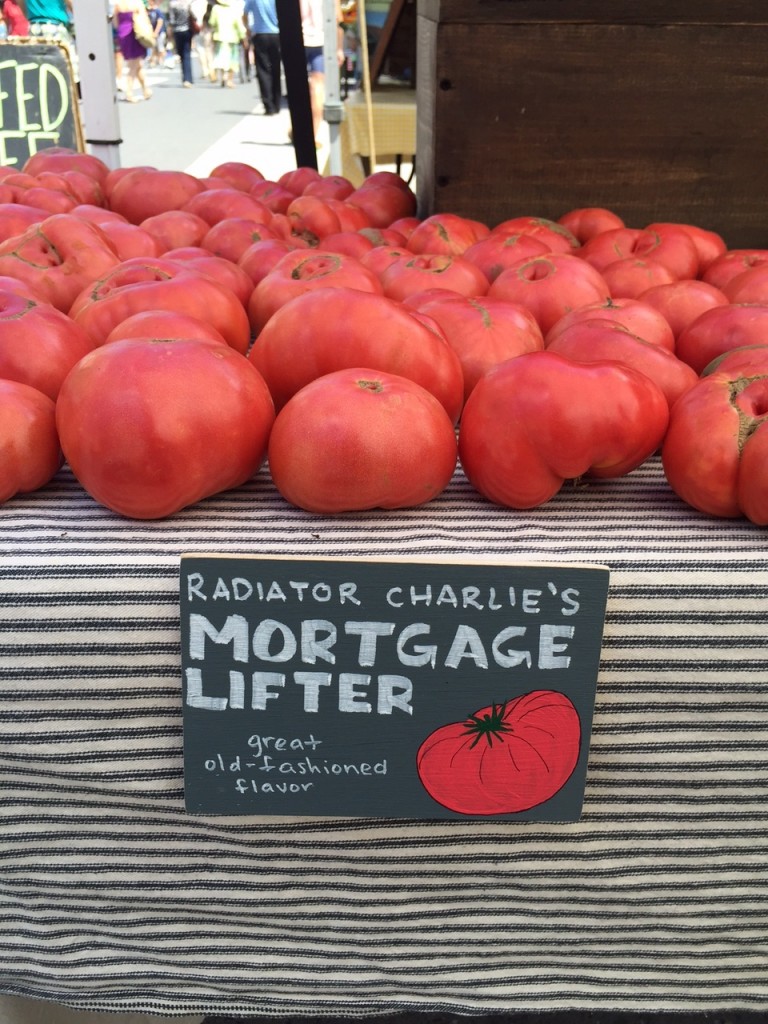Inside the mind of Chef Edward Lee before his new restaurant opens at National Harbor
By Tim Ebner

By all accounts Chef Edward Lee is a Washington outsider, and he kind of likes it that way.
It’s not to say that Lee doesn’t have a dedicated following. He’s a James Beard nominated chef from Louisville and most recently starred in the hit PBS Food series, The Mind of a Chef.
But by D.C. standards, he’s pretty low on the totem pole. He landed here on Wednesday, and he doesn’t really get noticed on the street. To Lee, this outsider perspective has given him a new way to look at the region’s food.
Soon he will open Succotash at National Harbor, a dining and retail area known more for chains, like McCormick & Schmick's, Nando’s Peri Peri, and Potbelly. That doesn’t really seem to bother Lee because he says his restaurant offers something different — a place where Kentucky meets Maryland.
He’s making dishes like sorghum butter on hot cornbread and pimento cheese spiked with gochujang. If all goes according to plan, Lee says Succotash will be open by mid-August. He's hoping to be open by August 20. While construction takes place at the restaurant, Lee is just down the street, working in a test kitchen with his executive chef, Lisa Odom (previously with Tongue & Cheek in Miami).
Edible DC stopped by the test kitchen to learn more. The following is a small excerpt from the interview. Be sure to pick-up our Fall issue (coming in September) for the full Edward Lee feature.
Q: So what exactly are you doing in this test kitchen?
Any time we have a new environment, or new ingredients, it calls for something different. We have base recipes, but we like to test everything. I also get inspired from new things, and I’ve been known for last minute changes, even for something simple.
Right now, we’re doing a cornbread recipe. It’s really simple — well it is, and it isn’t. One of the things with simple food is that you really can’t mess up any portion of the recipe. So today, we’re testing out a couple of different cornbread recipes. We’re using a different cornmeal here today, and one of the things that we’re excited about is that we’re bringing real Kentucky products to D.C. This is Weisenberger Mill, an old-fashion cornmeal. It really gives the bread that corn flavor.
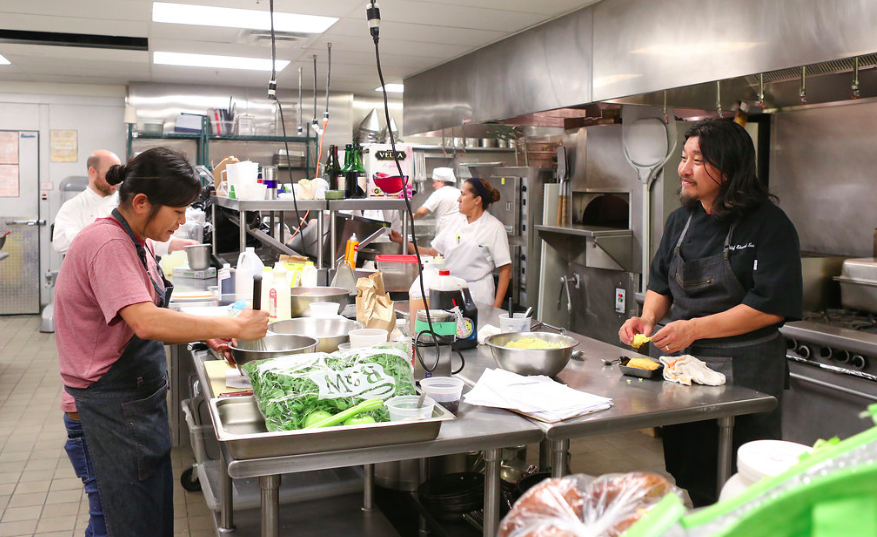
Q: Obviously with Kentucky there are a lot of ingredients tied to that region, but the MId-Atlantic has its own culinary tradition. Are you planning to use it?
What I love about this is that obviously we’re using cornmeal from Kentucky, but the buttermilk and the eggs are from Maryland. In a way, we’re sort of blending the two food traditions together. Of course, there’s a couple other things at the restaurant that come from Kentucky. I mean obviously bourbon, but a lot of the ingredients are coming from this region. That’s why we’re testing it out. Because the eggs we’re using today are different from the one’s we use back in the kitchen in Kentucky.
Q: A lot of chefs come to D.C. from other places. And, maybe they put their name on the front door, but then three months later, they head out of town. Is that you?
No, no, we’re invested here. Look it’s definitely part of what chefs are doing today. But, that’s not the plan here...
The concept now is that we as chefs can go around and work from many different places. I’m here for three weeks in this test kitchen before we open. And really, what I’m trying to do here is bring a little bit of Kentucky to D.C., and what that means in terms of the exact number of days that I’ll be here? Well, I can’t really tell you, but I will tell you that I am invested in this restaurant, and we’re looking at other projects here. I want to continue to open places in D.C. I wouldn’t just come here if I wanted to do something one-off. In the past four years, I’ve had so many offers thrown at me, but I chose D.C. And, a big reason is that this area is kind of similar to Louisville in that it straddles a border...
Really, there’s no answer for whether this is the south or not. It’s whatever you want it to be. And, I think there are places, like Maryland and Northern Kentucky, where you have the space to sort of choose what you want to do. There are so many cultures that collide here. From a culinary standpoint and culinary tradition, you can be whatever you want here.
Q: Why D.C. and why National Harbor?
I mean I love this city. It’s a place that is important, and specifically at National Harbor, we’re here south of the city in Maryland. We’re really close to what you might call the traditional south, so a lot of the food that I like to do is inspired by Appalachia, which is close by. You’re really not that far away from there, and you see D.C. as a cosmopolitan and international city — and it is — but I think there’s enough tradition there to be brushed up against, along the southern and western border. You’re kind of covered by the south, as well as the Chesapeake Bay and Potomac.
I’m excited about the seafood. We’re working with the guys from Rappahannock. They’re good friends, and I’m really excited to feature a lot of their stuff. We’re featuring the blue catfish, which is actually an invasive species to the Chesapeake Bay. It’s now sort of dominating the Chesapeake, so we’ve found a way to use the fish while keeping in-mind sustainability. We already had the idea for a catfish dish, but we tasted the blue catfish, and it was delicious, so it got added to the menu.

Tim Ebner is a food and travel writer based in Washington, D.C. He writes for Edible, Eater, Washington City Paper, and Forbes Travel, among others. He's originally from Silver Spring, Md.
